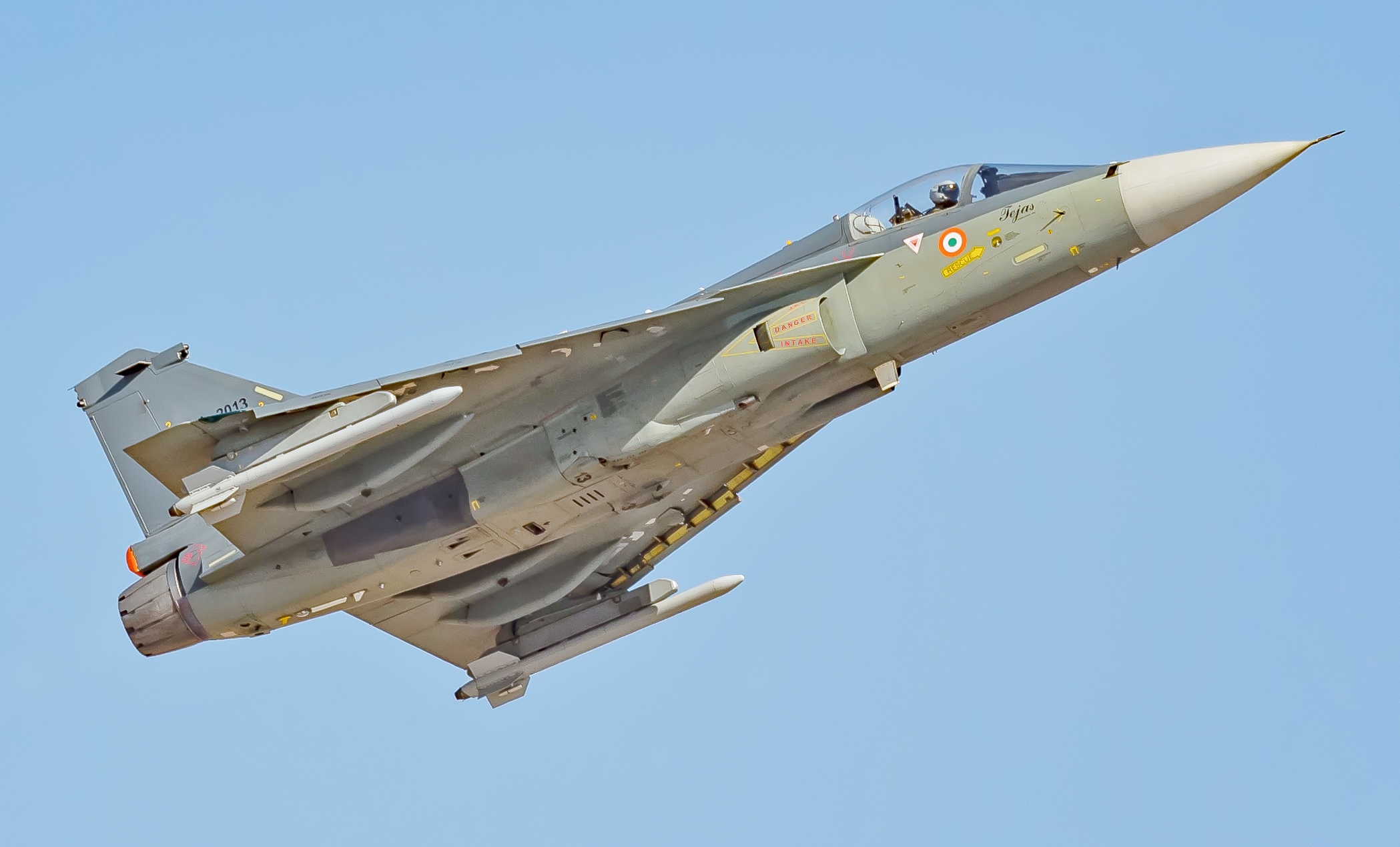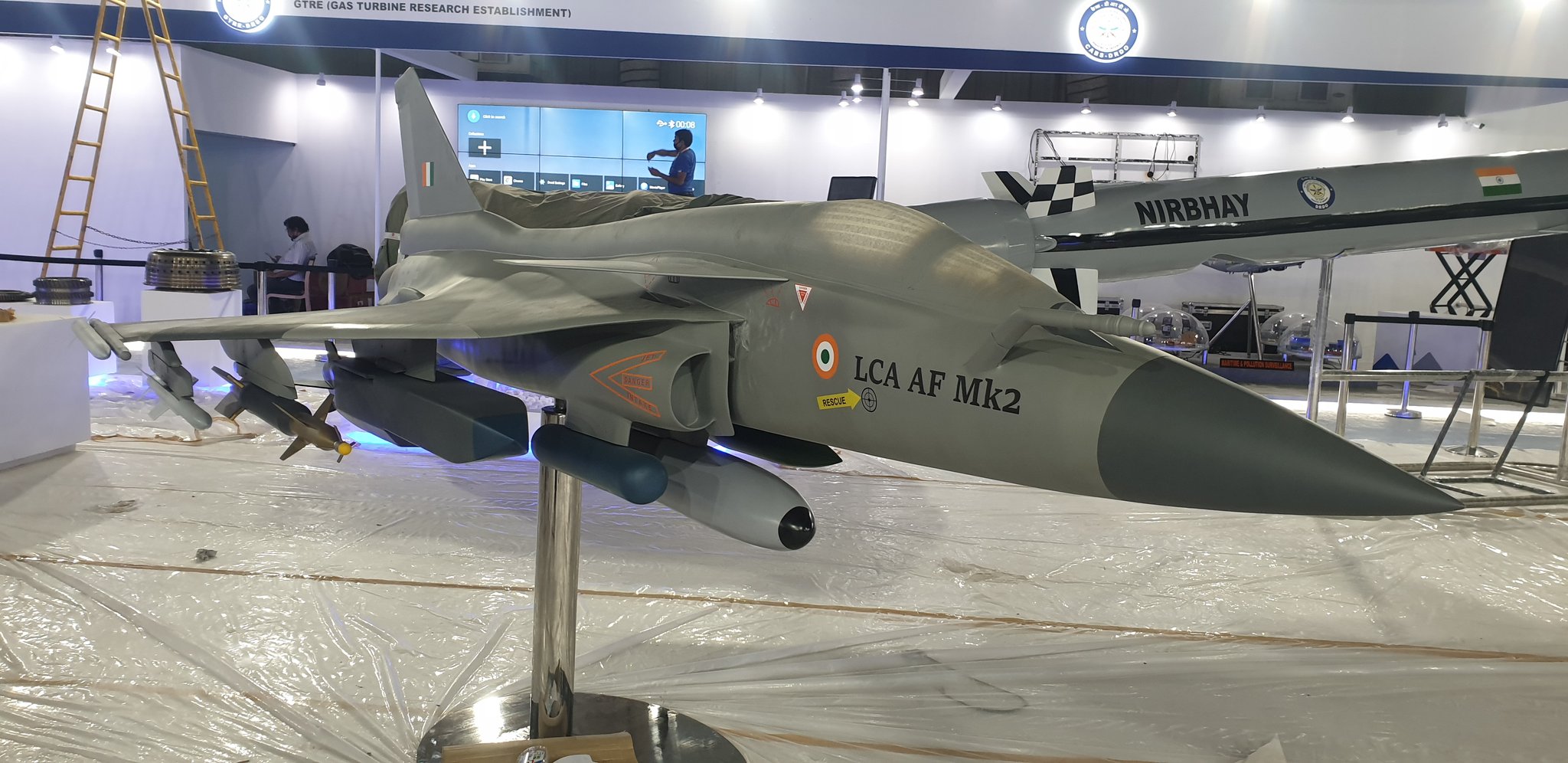The Indian Air Force (IAF) has accepted the comprehensive design review (CDR) of the LCA Mark 2 (Tejas). This would pave the way for the state-run HAL to start releasing drawings for the first prototype of Tejas MK-2, according to Col. Ajai Shukla (retired), a prominent military analyst and columnist.
The Indian government launched a program in 1983 with the purpose of developing a new light combat aircraft to replace the IAF’s aging fighters, particularly the MiG-21. But the Tejas LCA took its maiden flight only in 2001. It took another 14 years for the homegrown fighter jet to enter service.
Part 1 of a 4-part series on India's indigenous fighter program.
On Nov 15th, the IAF @IAF_MCC accepted the comprehensive design review (CDR) of the Tejas Mark 2. HAL @HALHQBLR can start releasing drawings for fabricating the Mark 2’s first prototype.https://t.co/Tg5iQ3AOiz
— Ajai Shukla (@ajaishukla) December 29, 2021
The Tejas Mark 2 is an evolution of HAL’s Tejas design and the production is scheduled for 2023. In November 2021, the Deccan Herald reported that the Mark 2 is a 4.5-generation flying machine that will not only feature 70% indigenization (compared to 62% of Mark IA) but also include more advanced technology, in line with the government’s ‘Make in India’ initiative.
However, HAL and the Aeronautical Development Agency (ADA) of the Defence Research and Development Organisation (DRDO) must address existing concerns with the Mark 1 fighter plane, Shukla noted in his column in Business Standard. He also stated that 12 of the Mark I’s 25 performance shortcomings have already been fixed, with the most critical being the Tejas’ ability to refuel in mid-flight at any time of day or night.

HAL is now working to integrate the Advanced Short Range Air-to-Air Missile (ASRAAM) onto the Mark 1A jet, according to Sukhla. Another improvement for the Mark 1A jet is redesigning the cockpit floor to allow pilots to fly the plane comfortably.
Earlier, the Deccan Herald reported that the long-awaited CDR, which was due to take place in July, was eventually finalized on November 15 as the IAF cleared up to 20 sub-systems simultaneously. The IAF’s approval of the CDR is a critical step in the process since it allows HAL to begin releasing drawings for the Mark-2’s first prototype.
Former IAF pilot Vijainder K Thakur notes the entire Tejas project has improved India’s homegrown design capabilities. “India did not conduct any follow-up aircraft development after the HAL [HF-24] Marut until the LCA project was cleared and developed effectively; and if we do not do any follow-up work today, we may lose our design capabilities,” he told The EurAsian Times.
Dr. Kota Harinarayan, former program director and chief designer of the LCA program, was quoted by the Deccan Herald as saying, “The project provided numerous Aerospace MSMEs with the opportunity to participate in national defense innovation, which did not exist before to the 1990s.”
Tejas Mark 2
The MK2 is a medium-weight delta-wing aircraft, like its sister variants. It will have more maneuverability and advanced technology compared to earlier variants. The range and endurance of the Tejas Mk-2 will be boosted.
It will be equipped with canards and be capable of carrying a payload of 6,500 kg. This is about double the payload capacity of the LCA Tejas, which could handle 3,500 kg.
The Tejas Mk-2 will be guided by the Uttam AESA radar, a ‘Made in India’ product. This indigenous radar is thought to be advanced enough to give it an advantage over Israeli-made radars currently installed on previous Tejas models.
The Uttam radar is also said to be capable of detecting and neutralizing hostile electronic warfare (EW) attempts. A more powerful General Electric F414 INS6 engine will be installed in the Tejas Mark 2.

An onboard oxygen generating system (OBOGS) is the aircraft’s most interesting feature. This self-sustainable oxygen generation technology has been used by DRDO for IAF pilots flying the LCA Tejas. This technology is used in fighter jet cockpits to compensate for the rapid decrease in oxygen levels at high altitudes, The EurAsian Times reported previously.
The Tejas Mk-2 will be equipped with the weapons like the Scalp, Crystal Maze, and Spice-2000. A high-definition touchscreen with a 50cmx20cm large area display is another feature to be added to Mk-2. This will enable data fusion and intelligent information display.
When asked why the IAF requires a Tejas Mark 2 variant while it is already procuring Tejas Mark 1 and Mark 1As in large numbers, Thakur said, “LCA did not come up with the expectations since there were shortfalls in thrust to weight ratio, range and payload capabilities; so, the Mark 2 variant is what the Air Force wanted to begin with. Mark 2 will be equipped with a powerful engine, larger payload capabilities and the aerodynamic shortfall of Mark 1 design will be eliminated with a little bit of redesigning.”
India is on the right track, he added, since it has established a lot of good capabilities in terms of LCA Mark 1 and is now maturing that technology with Mark 2, moving on to stealth technology with the AMCA, while focusing on missiles and electronics.
- Contact the author at ashishmichel@gmail.com
- Follow EurAsian Times on Google News




